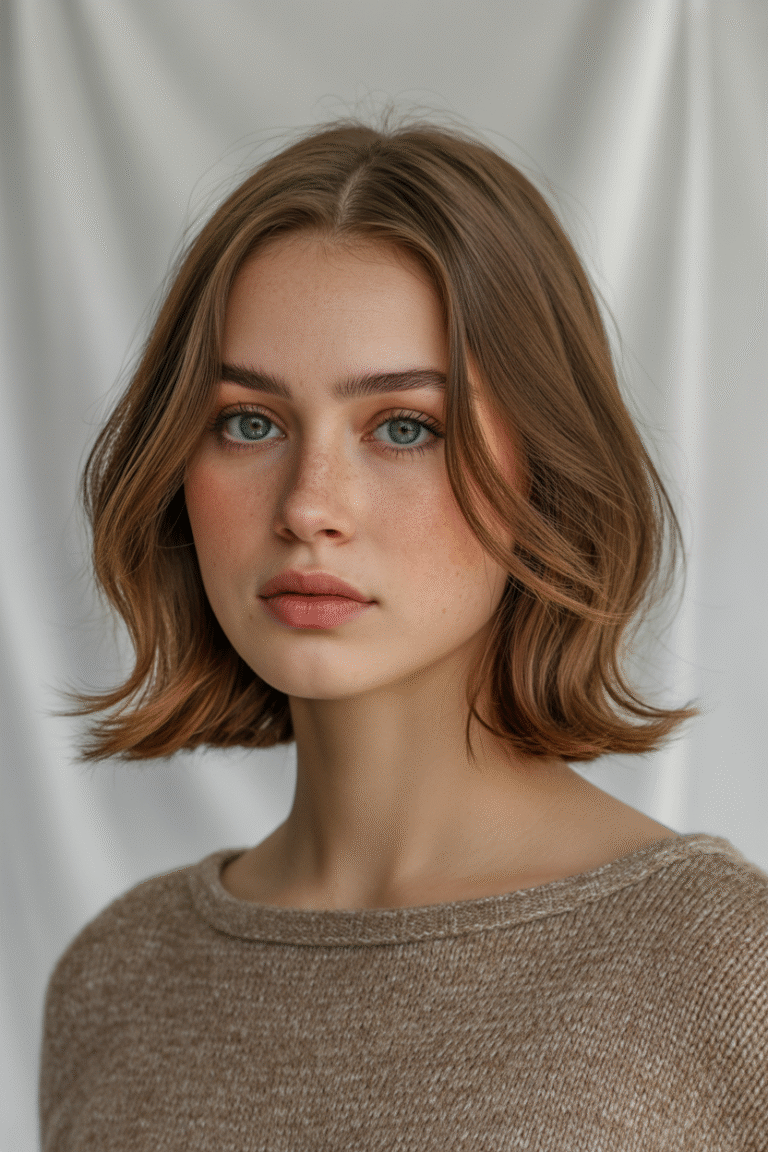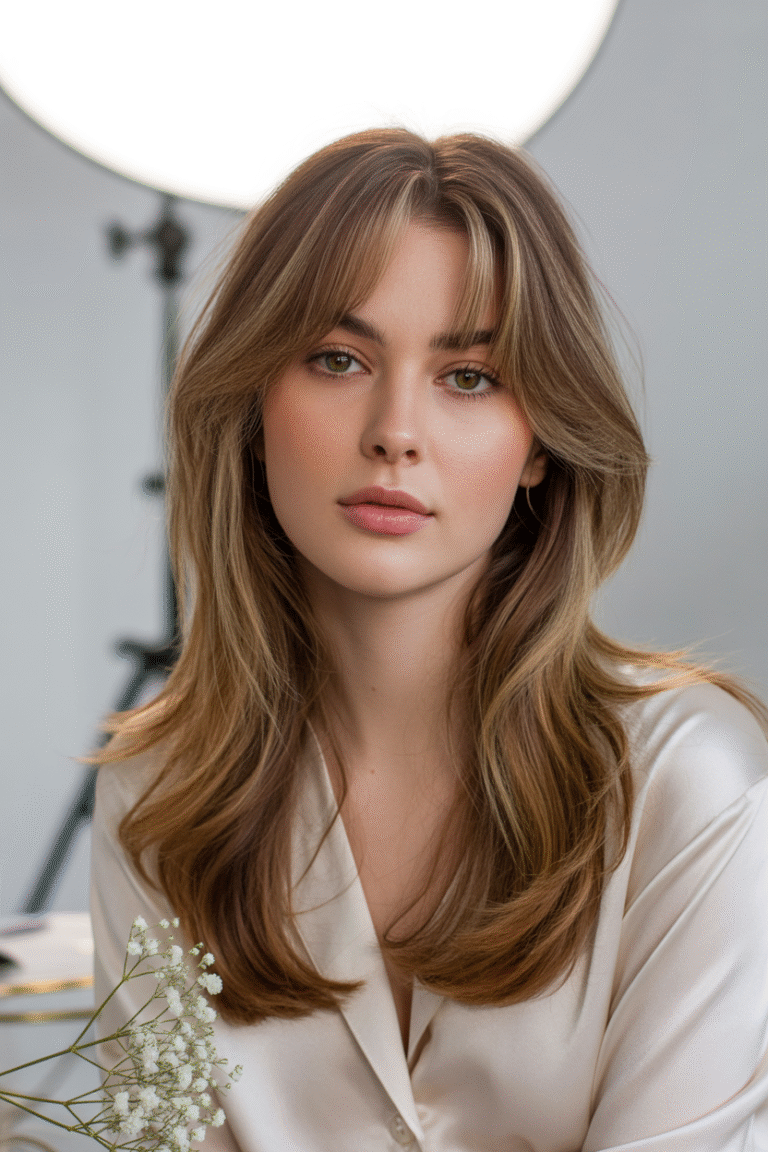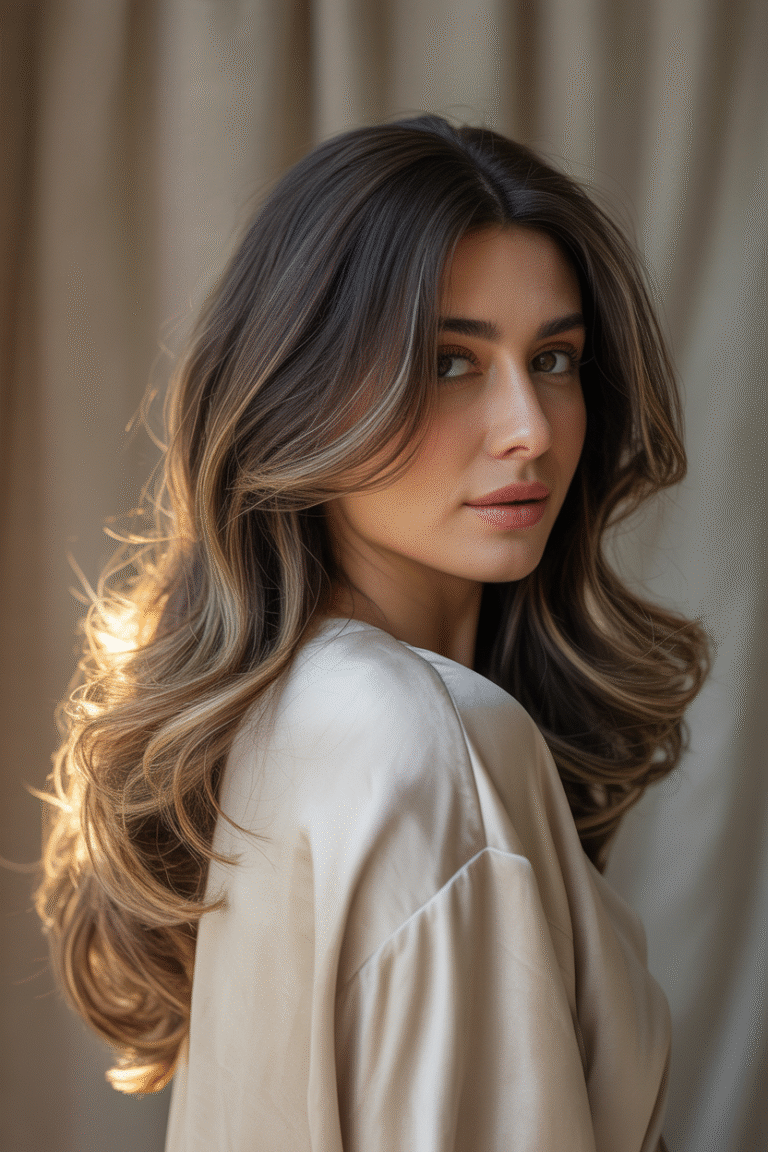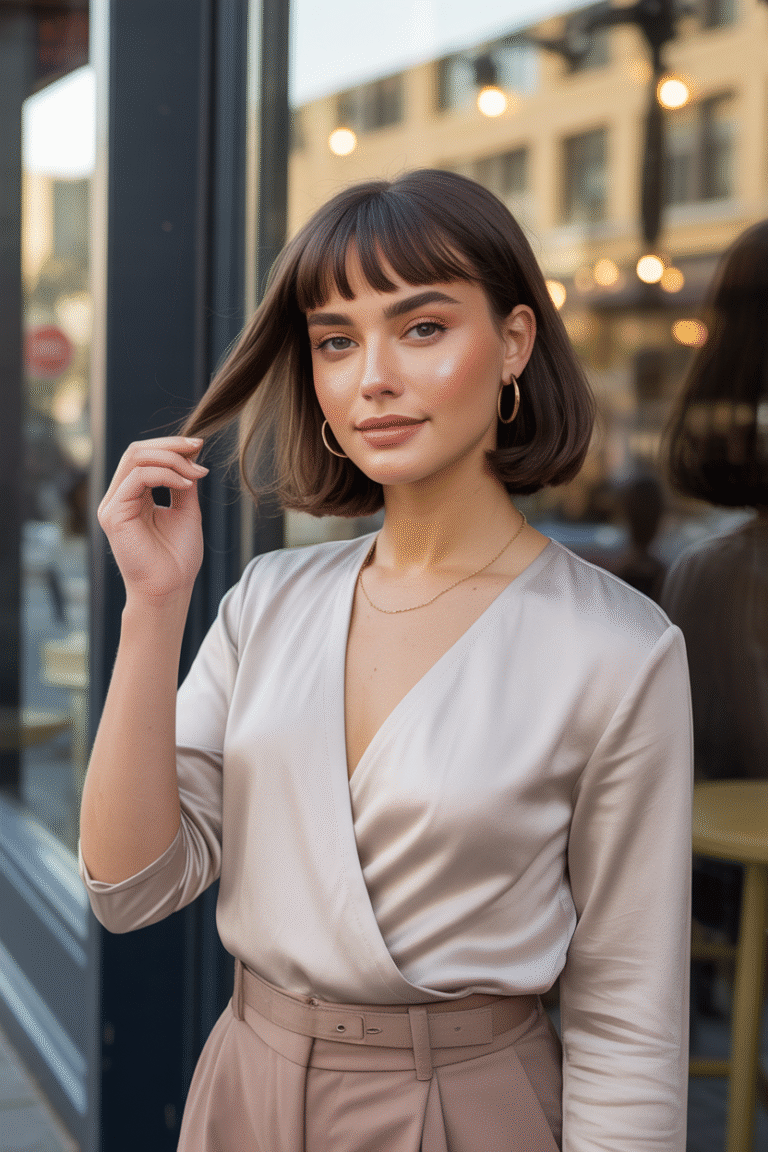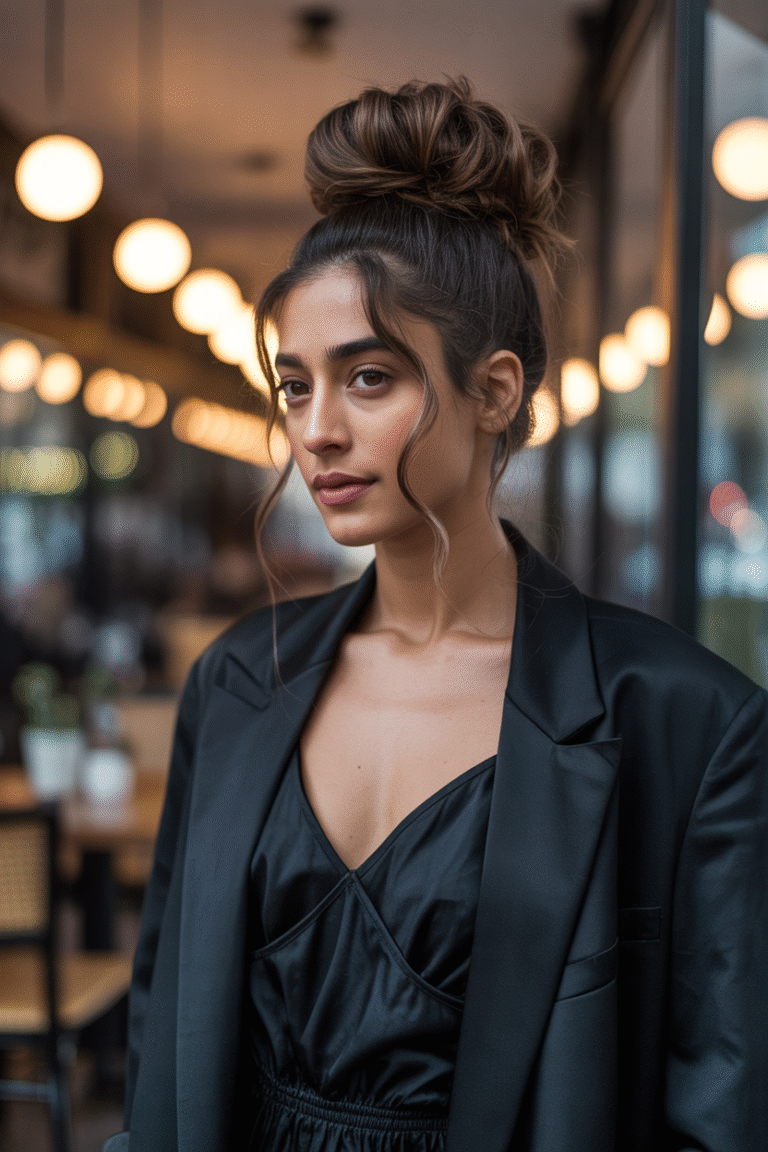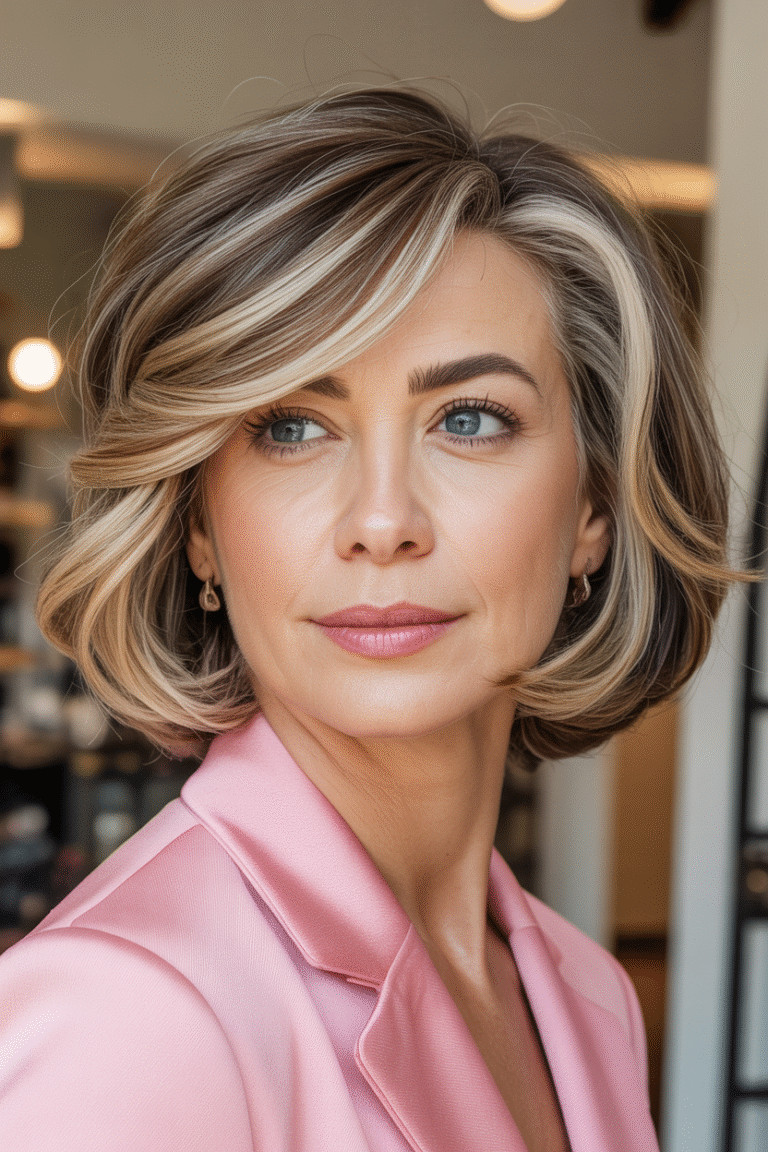Face Framing Curtain Bangs: The Ultimate Style Guide
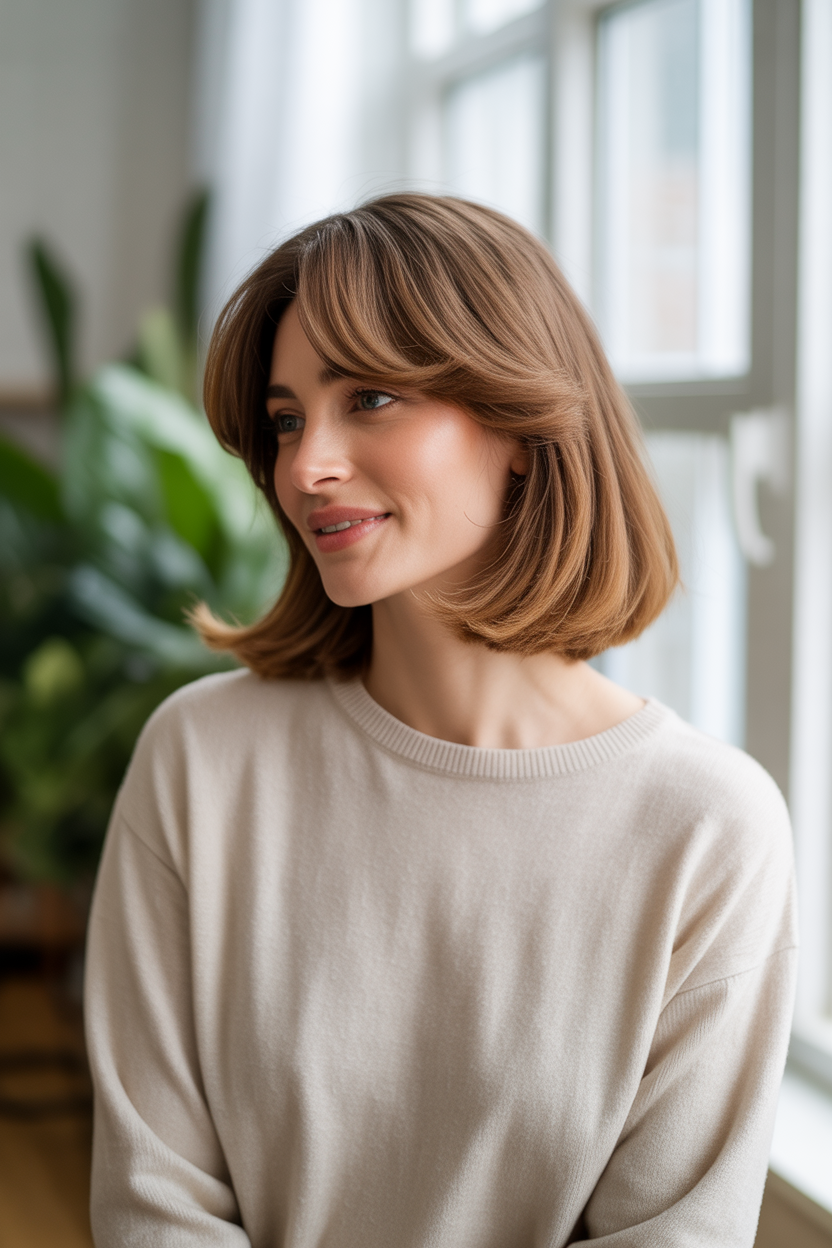
I still remember my first attempt at bangs in high school. It was a disaster. I took the scissors to my own hair, aiming for a cool, blunt fringe, and ended up with a crooked mess. For years, I was too scared to try bangs again. That all changed when I discovered face framing curtain bangs. They were the soft, effortless style I always wanted.
Face framing curtain bangs are a specific type of fringe cut to create a soft frame around your face. They are typically shorter in the middle and get longer towards the sides, sweeping away from the face like curtains. This style is incredibly versatile, low-maintenance, and flatters nearly every face shape and hair type.
What Makes Face Framing Curtain Bangs Special?
This hairstyle is more than just a trend; it’s a flattering, easy-to-wear look. Its popularity comes from its soft appearance and adaptability. It blends ’70s cool with modern simplicity.
Curtain Bangs vs. Traditional Bangs
Traditional bangs are often cut straight across your forehead. Think of a blunt, heavy fringe. They require frequent trims and precise styling to look good. I always found them a bit severe for my own style.
On the other hand, face framing curtain bangs are much softer. They are wispier and designed to be parted, usually down the middle. This creates a gentle, face-slimming effect that highlights your cheekbones and eyes. The best part is they grow out beautifully, blending into your layers instead of creating an awkward, in-between stage.
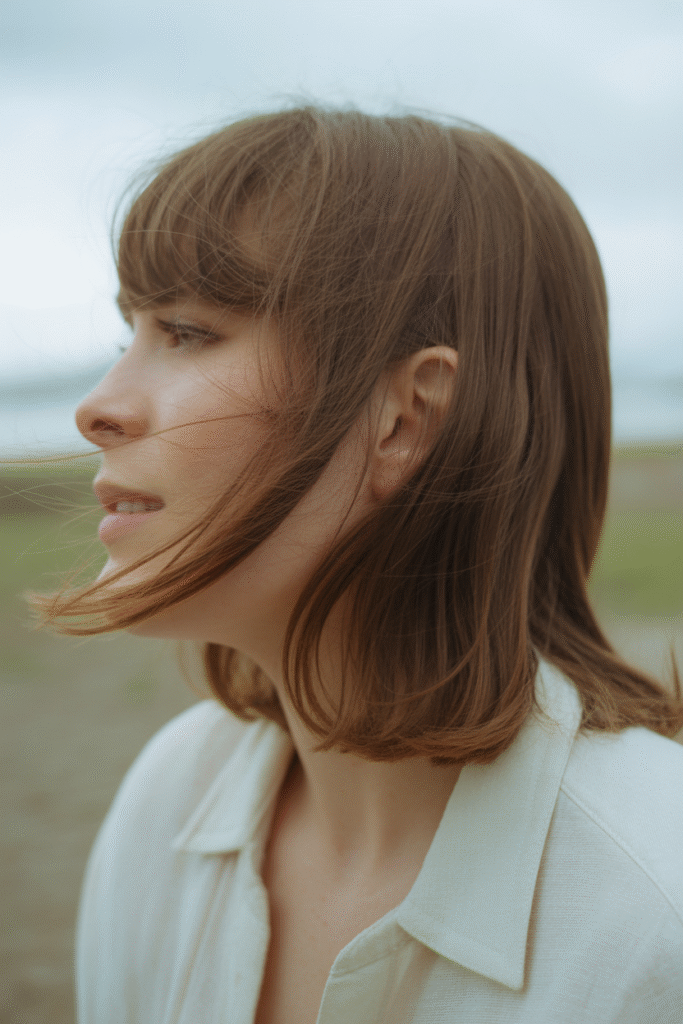
Why Everyone Loves This Style
You have likely seen face framing curtain bangs on celebrities like Dakota Johnson, Jennifer Lopez, and Sydney Sweeney. Their widespread appeal is simple. This style is a low-commitment way to change your look.
They don’t require the constant upkeep of blunt bangs. Plus, they add instant style and movement to your hair without a dramatic chop. They can make a simple ponytail look chic and sophisticated. This versatility is why so many people, including myself, have fallen in love with them.
Will Face Framing Curtain Bangs Suit You?
The short answer is yes, they probably will. The key is to tailor the cut to your specific features. This involves looking at both your face shape and your hair’s natural texture.
Finding the Best Bangs for Your Face Shape
Matching your face framing curtain bangs to your face shape is the secret to a perfect cut. A good stylist will do this automatically, but it helps to know what works.
1. Round or Square Faces: If you have a round or square face, ask for longer curtain bangs. A style that hits around the jawline will help elongate your face and soften strong angles. The goal is to draw the eye downward.
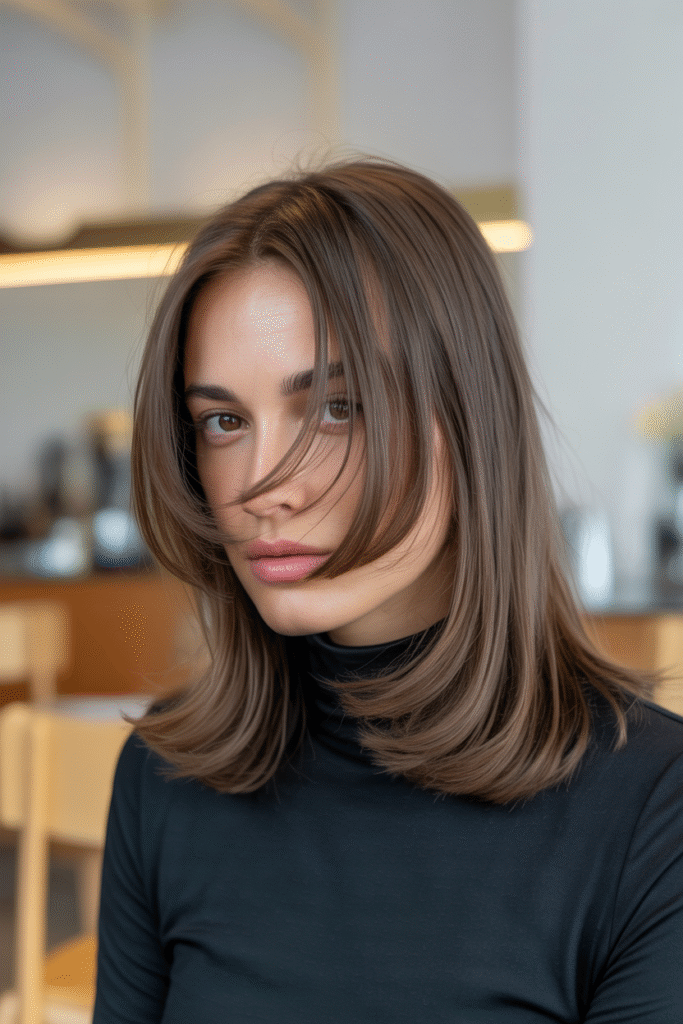
2. Heart-Shaped Faces: For heart-shaped faces, a classic cheekbone-length curtain bang is perfect. This length draws attention to your eyes and balances out a wider forehead.
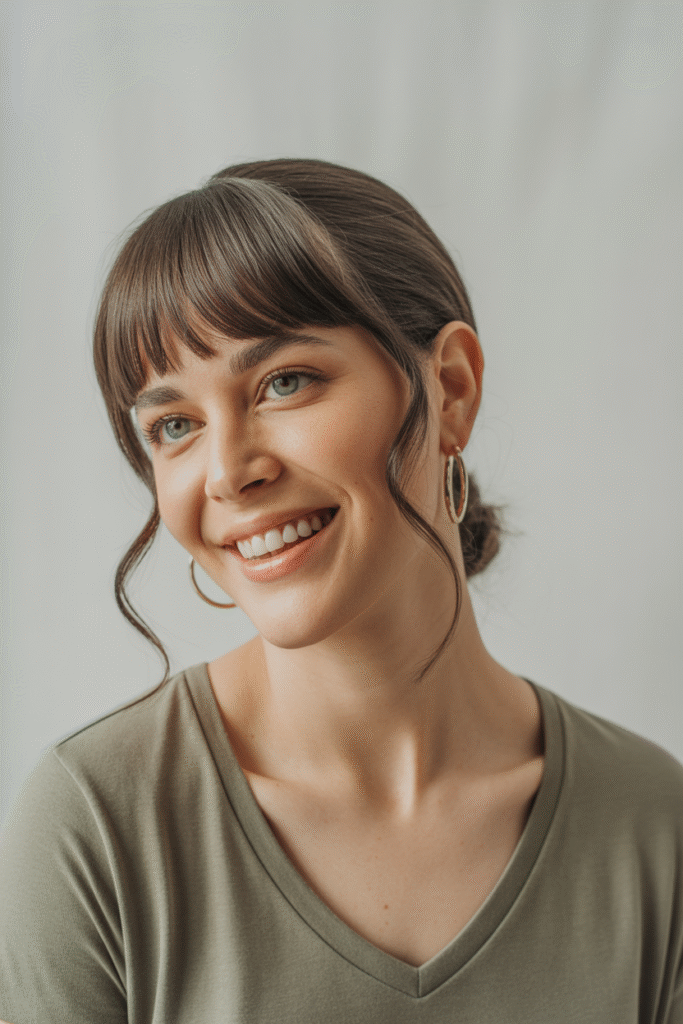
3. Oval Faces: People with oval faces have the most flexibility. You can wear almost any length of face framing curtain bangs, from short and wispy to long and dramatic.
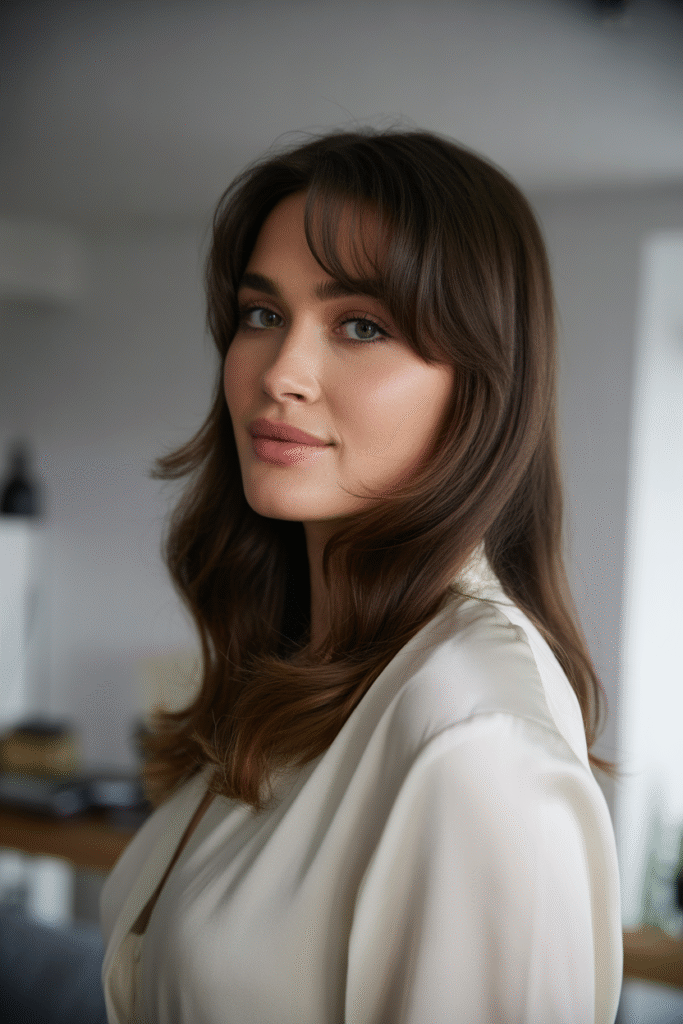
Working with Your Hair Type
Your hair’s texture also plays a big part. When I first got my curtain bangs, my fine hair fell a bit flat. I quickly learned a few tricks.
4. Fine Hair: For fine or thin hair, you need to create volume. Ask your stylist for wispier bangs that won’t weigh your hair down. Using a texturizing spray at the roots will become your best friend.
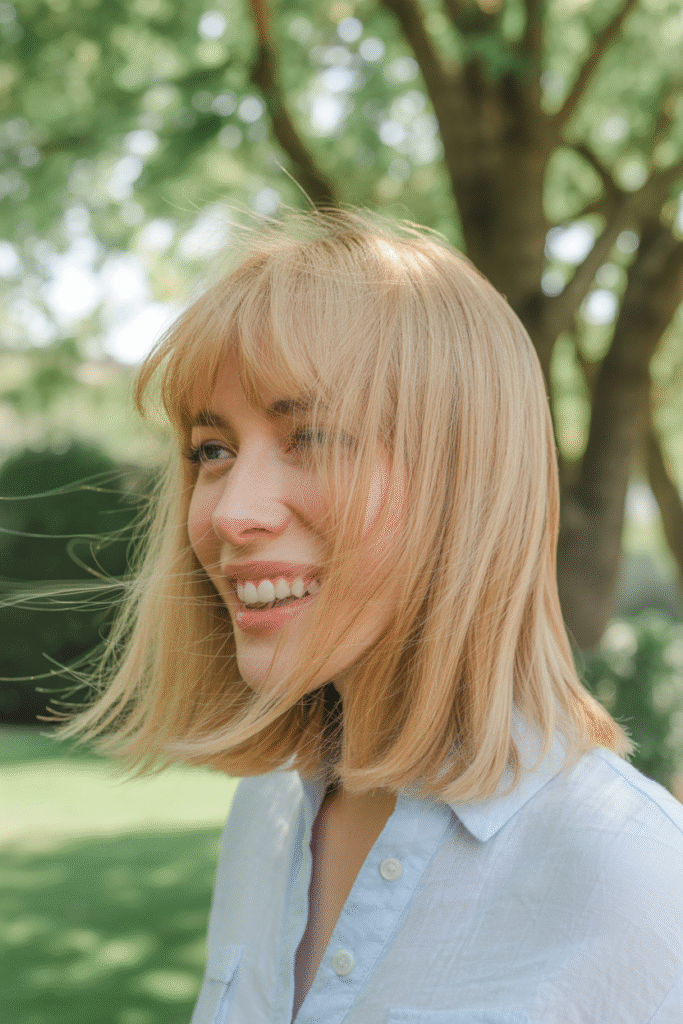
5. Thick Hair: If you have thick hair, your stylist will likely need to remove some weight. They can add subtle layers or use texturizing shears to ensure your bangs have soft movement and don’t look bulky.
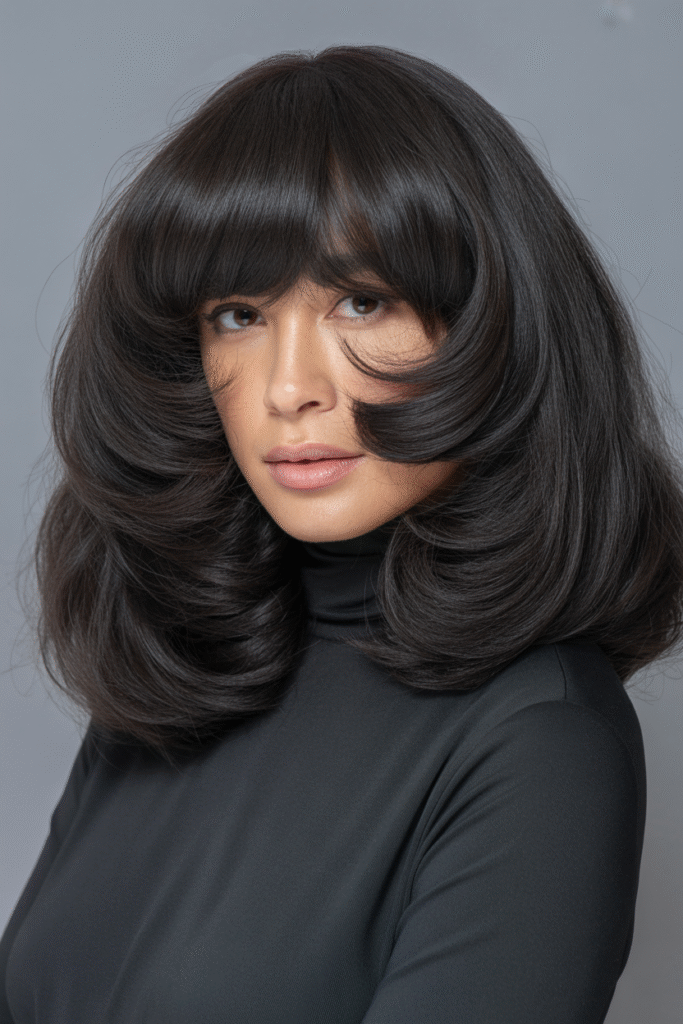
6. Wavy or Curly Hair: You can absolutely rock face framing curtain bangs with texture. The key is a proper dry cut. A stylist experienced with curls will cut the bangs while your hair is dry, in its natural state. This ensures they fall correctly. According to the Aveda Institute, cutting curly hair dry is essential for predicting the final shape.
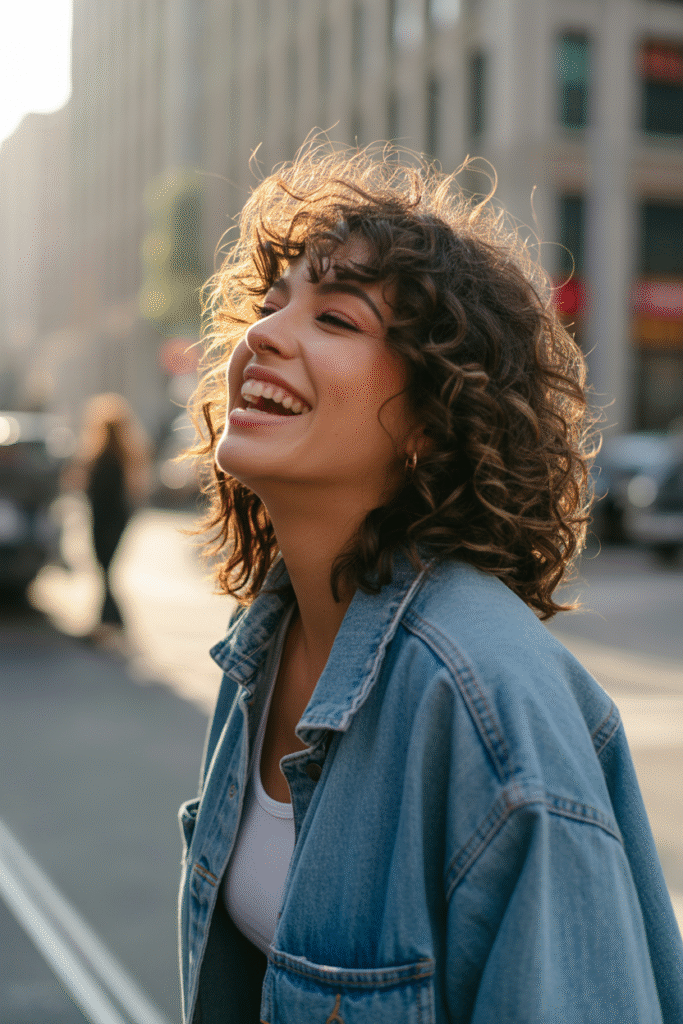
Getting the Perfect Cut and Style
Getting this look right starts in the salon chair. Clear communication with your stylist is essential. After that, a simple styling routine will keep your bangs looking great.
Talking to Your Stylist
Never be afraid to be specific with your hairstylist. I learned this the hard way. Now, I always bring pictures.
Show your stylist several photos of the face framing curtain bangs you like. Use descriptive words like “soft,” “feathery,” and “blended.” Explain your daily routine. Let them know if you prefer to air-dry your hair or if you are willing to use a blow dryer for five minutes each morning. A good stylist uses this information to give you a cut you’ll love and can manage.
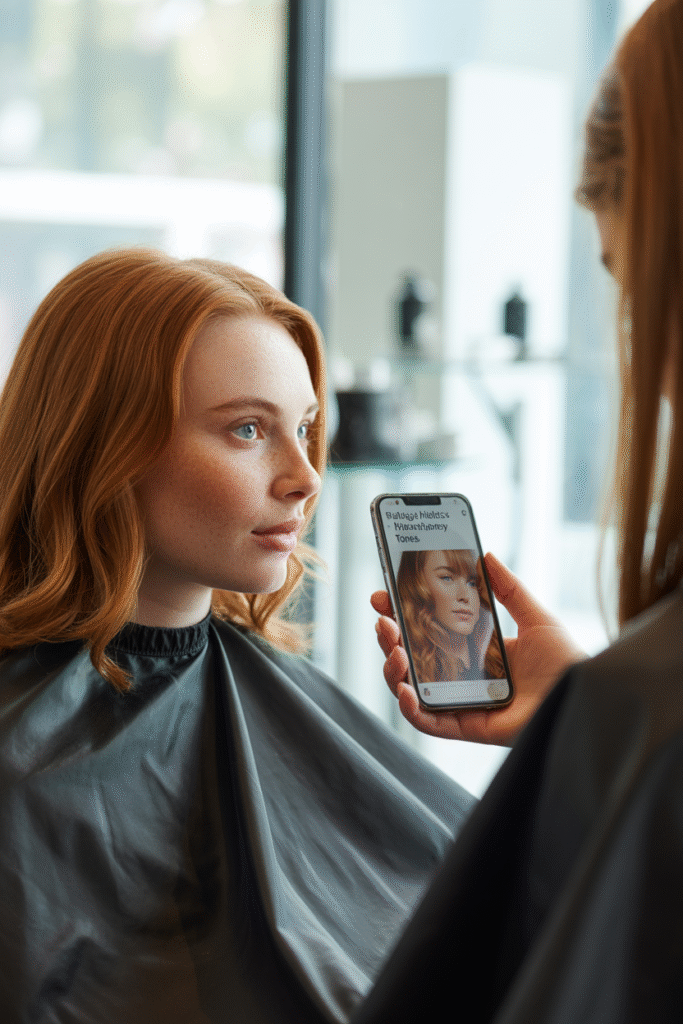
My 5-Minute Styling Routine
I have perfected a quick and easy styling method. It gives me that perfect windswept look every time.
Essential Tools:
- A medium-sized round brush
- A blow dryer with a nozzle attachment
- A quality heat protectant spray
- A light-hold texturizing spray
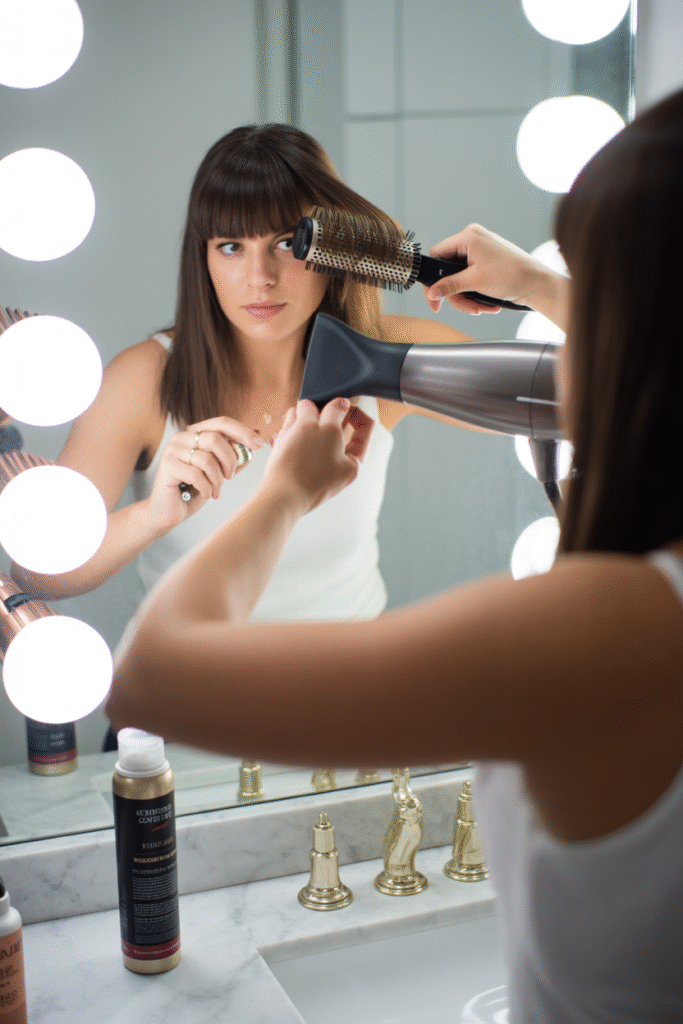
The Steps:
- First, start with damp, towel-dried bangs. Isolate them from the rest of your hair.
- Next, spray them with a heat protectant. This step is non-negotiable for preventing damage.
- Then, take your round brush and place it under your bangs. Pull them straight forward, away from your forehead.
- As you blow dry, roll the brush up and back, directing the airflow down the hair shaft. This creates that signature “swoop.”
- Finally, use the cool shot button on your dryer to lock the shape in place. A quick mist of texturizing spray gives a little extra hold and separation.
Frequently Asked Questions (FAQs)
Q1: How often should I trim my face framing curtain bangs? You should aim for a trim every 5-6 weeks. Since they are designed to be long and grow out gracefully, you have more flexibility than with traditional bangs. This keeps their shape fresh without constant salon visits.
Q2: Are face framing curtain bangs high maintenance? No, they are considered a low-maintenance style. They require minimal daily styling (often just a quick blow-dry) and grow out seamlessly into the rest of your hair, avoiding that awkward in-between phase.
Q3: Can you have curtain bangs with a side part? Yes, you can. While they are often styled with a center part, face framing curtain bangs are versatile. They can be swept to one side for a soft, asymmetrical look that is equally flattering.
Q4: What’s the difference between curtain bangs and layers? Curtain bangs are a type of fringe that specifically frames the face. Layers involve cutting hair to different lengths throughout the entire head to add volume and texture. Curtain bangs can blend into face-framing layers.

